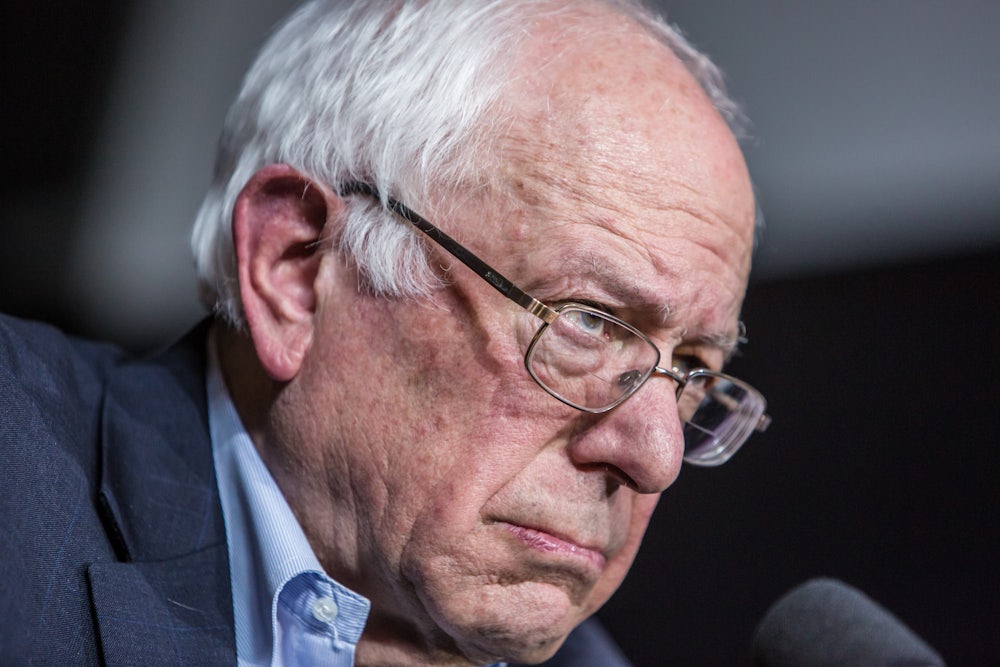In an editorial published online last night, the paper linked the shooting of Republican Congressman Steve Scalise to a long-debunked claim. “Was this attack evidence of how vicious American politics has become?” the Times asked. “Probably. In 2011, when Jared Lee Loughner opened fire in a supermarket parking lot, grievously wounding Representative Gabby Giffords and killing six people, including a 9-year-old girl, the link to political incitement was clear. Before the shooting, Sarah Palin’s political action committee circulated a map of targeted electoral districts that put Ms. Giffords and 19 other Democrats under stylized cross hairs.”
But as Jonathan Chait wrote in The New Republic at the time, there was never any merit in connecting the Giffords shooting to Palin. Both Republicans and Democrats have used bullseyes and crosshairs to depict political targets, he noted, adding, “The mania of Giffords’s would-be assassin may be slightly more right-wing than left-wing, but, on the whole, it is largely disconnected from even loosely organized extreme right-wing politics.... This was not a right-wing militia member taking apocalyptic right-wing rhetoric about watering the tree of liberty too seriously. It was a random act.” The Times’ editorial was criticized across the political spectrum, and the paper has since added a correction:

But this wasn’t the paper’s only regrettable response to Wednesday’s attack. Apropos of the revelation that shooter James Hodgkinson was anti-Trump, and had volunteered on Senator Bernie Sanders’s presidential campaign, reporter Yamiche Alcindor wrote that Sanders fans now “have something concrete to grapple with.” They may face “an unexpected test for a movement born out of Mr. Sanders’s left-wing, populist politics and a moment for liberals to figure out how to balance anger at Mr. Trump with inciting violence.”
Police have not determined a motive in the shooting, and more important, Sanders has never said anything that could be interpreted as advocating violence against his political opponents. As Alcindor herself notes, Sanders, who immediately condemned the shooting, “has advocated what he has called a peaceful political revolution.” The most damning quotes Alcindor can find are of Sanders calling the president a “demagogue” who is “perhaps the worst and most dangerous president in the history of our country”—words that only become truer by the day.
In fact, for all the hand-wringing on cable TV today about our toxic political discourse, few politicians could fairly be accused of inciting violence—but the greatest exception to this truism occupies the White House. “To be sure,” Alcindor wrote, in a false equivalence for the record books, “supporters of Mr. Trump, as well as Mr. Trump himself, have assailed opponents and the news media.” No, Trump’s supporters have assaulted opponents and called for the murder of both Hillary Clinton and journalists, while Trump himself egged them on.
